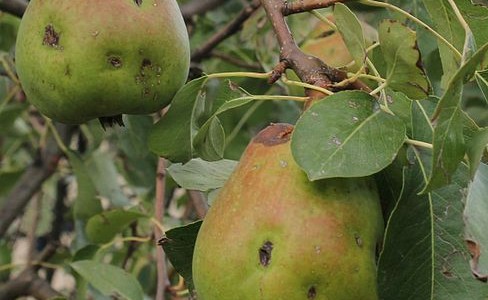-

Join us for the next UGA Extension Webinar as our experts discuss how to prepare your family, home and workplace this hurricane season! LIVE via Zoom (https://zoom.us/j/96725589169) on Thursday, August 13 at 10:30 a.m.
-

The derecho that moved through the Midwest yesterday did a tremendous amount of damage to the crops in the region. Here is a comparison of before and after images which show how much corn was knocked down by winds of up to 113 mph. https://cimss.ssec.wisc.edu/satellite-blog/images/2020/08/200728_200811_terra_modis_trueColorRGB_Iowa_derecho_crop_damage_anim.gif. If you don’t know what a derecho is, Dr. Marshall…
-

UPDATE: Recording now available at https://www.youtube.com/watch?v=soehiuBGjRM. Join us for the Southeast Climate Monthly Webinar on Tuesday, August 11 at 10 AM EDT! These webinars provide the region’s stakeholders and interested parties with timely information on current and developing climate conditions such as drought, floods, and tropical storms, as well as climatic events like El Niño and…
-

The latest monthly climate summary for July 2020 is now available from the Southeast Regional Climate Center. You can read it (it is text only) at https://sercc.com/SoutheastRegionMonthlyClimateReportJuly2020.pdf.
Posted in: Climate summaries -

A new book on the impact of hurricanes on the history of the United States is going to be released later this summer, and it looks like it will be very interesting. Smithsonian posted a story about the book, A Furious Sky: The Five-Hundred Year History of America’s Hurricanes in their latest magazine issue. I…
-

We’ve had a lot of scattered severe weather over the summer, and with that comes not only strong winds and lightning but some hail, with sizes ranging from a quarter inch to tennis-ball sized. As you can imagine, if the hail hits your crops, especially at a sensitive time in development, it can destroy an…
-

There is scattered rain in the forecast every day this week, but the total amounts predicted for the week, ranging from less than half an inch along Florida’s East Coast to about 1.5 inches in eastern Virginia, will be barely enough to keep up with water demands from many of the Southeast’s crops. Many crops…
Posted in: Climate outlooks